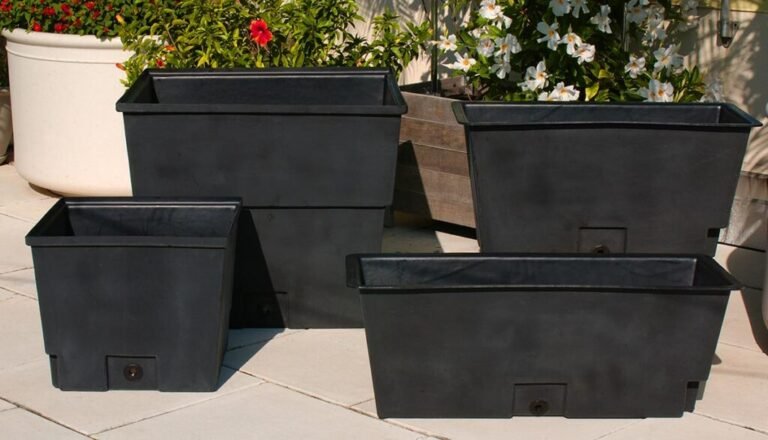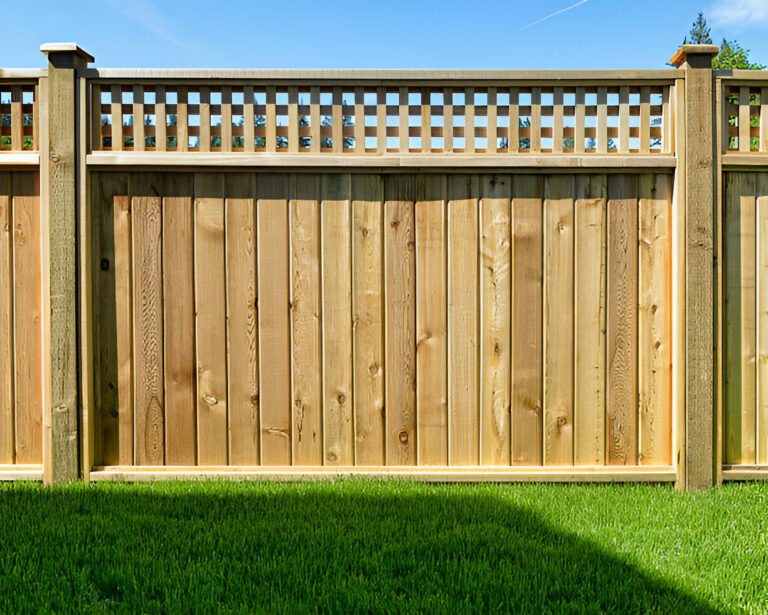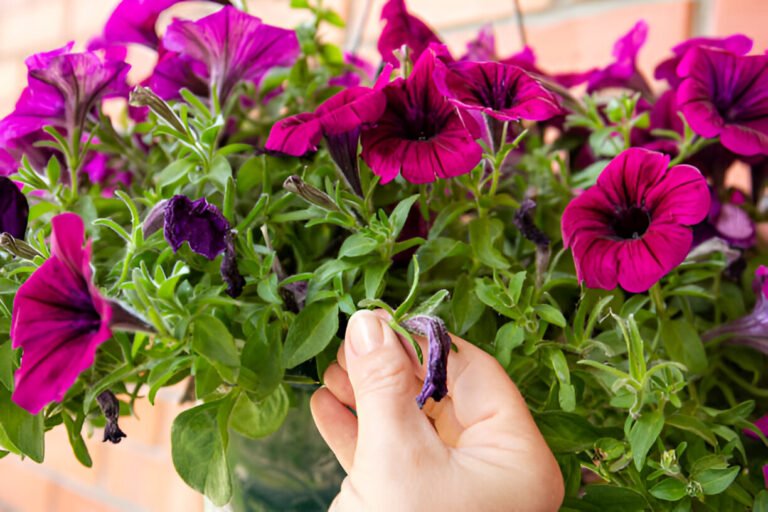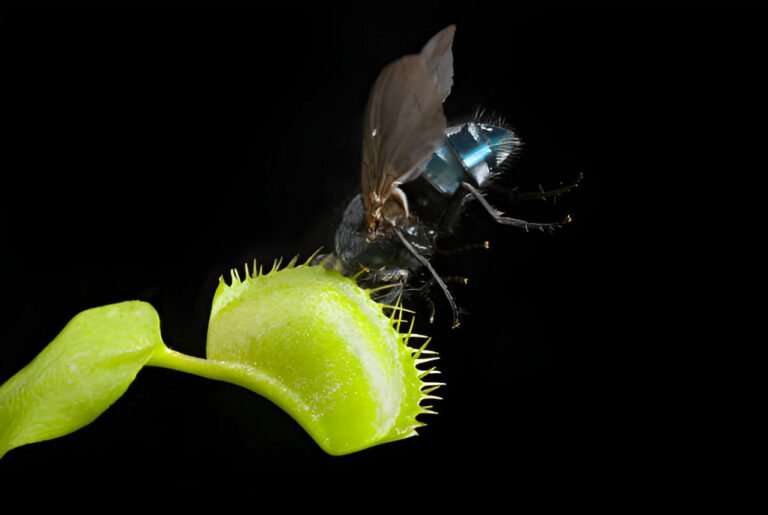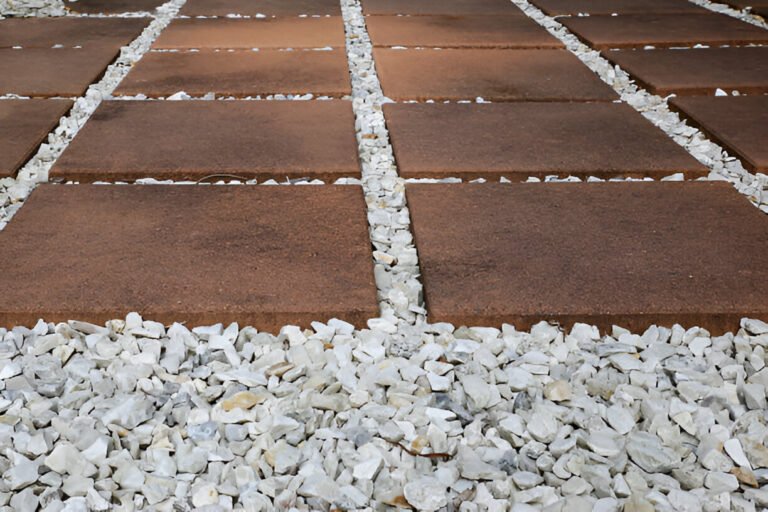Climbing Hydrangea Care: Tips from a Gardener Who Loves Vertical Blooms
If I had to pick a favorite plant for my garden’s vertical spaces, it would be the climbing hydrangea—no contest! These beauties are the wallflowers of the plant world in the best way possible. They cling to walls, trellises, or fences. When they bloom, they create a breathtaking white floral display that can elevate any outdoor space. Plus, they have a wandering, robust vine that adds layers and depth to any structure they grace.
Whether you’re looking to cover an unsightly fence or add a touch of elegance to a garden archway, climbing hydrangeas can do it all. But just like any plant, they need the right care and attention to thrive. Let’s dig into everything you need to know to nurture these stunning climbers.
Why Climbing Hydrangeas Are Worth Your Time
You know how some plants just seem to belong in a specific spot, almost like they were always meant to be there? That’s the climbing hydrangea. These plants can turn any vertical surface into a leafy, blooming masterpiece. They can cling to walls, fences, and even large trees. Native to the woodland regions of Asia and America, Hydrangea anomala subsp. petiolaris is a versatile plant that thrives in a variety of garden settings.
One of the things I love most about these plants is their timing. They bloom in late spring to early summer, adding a pop of beauty when other climbers are still warming up for the season. And let’s face it, those white flower clusters just have a way of turning heads.
Essential Care Tips for Thriving Climbing Hydrangeas
I’ve learned through trial and error that climbing hydrangeas aren’t too picky—but they do have preferences. Here’s what I’ve found to be essential:
1. Soil Preferences
Climbing hydrangeas thrive in rich, well-drained soil, but they’re adaptable. As long as the soil isn’t waterlogged, they’re happy campers. I like to mix in a little compost when I plant them, which keeps the soil light and nutrient-rich.
2. Light Requirements
Partial shade is their sweet spot, though they can tolerate full sun once established. But beware—if you’re in an area with harsh summer sun, make sure they’re well-watered, or they’ll droop faster than a neglected houseplant.
3. Watering
In the early stages, water them regularly, especially during dry spells. After they’ve settled in, they’re much more drought-tolerant, but a good soak during the hot months will help them flourish. Mulching can also help retain moisture and keep the roots cool.
4. Fertilizing
In the spring, I like to give them a boost with a balanced, slow-release fertilizer. It’s like giving them their morning coffee—a little pick-me-up that gets them ready to perform.
The Best Climbing Hydrangea Varieties to Grow
While the classic Hydrangea anomala subsp. petiolaris is a popular choice, there are a few other varieties worth exploring. Whether you’re after a unique leaf color or just want to try something new, these options are worth considering:
| Variety | Special Features |
| Miranda | Gold-edged leaves that add a vibrant twist |
| Firefly | Yellow and green variegated foliage |
| Moonlight | Stunning silver-blue leaves contrasting with white blooms |
Each variety brings something a little different to the table, but they all share that same charm that makes climbing hydrangeas such a joy to grow.
How to Plant and Train Climbing Hydrangeas
When I first planted my climbing hydrangea, I was a bit intimidated by how to train the vines. But trust me, it’s easier than it looks!
1. Planting
Start by choosing the perfect location. Remember, these plants like partial shade and need room to climb. Dig a hole twice as wide as the root ball, making sure it’s no deeper than the plant’s current root level. Gently place the plant in, fill the hole with soil, and give it a good watering.
2. Training the Vines
This part requires a little patience. As the vines start to grow, gently guide them toward the structure you want them to climb. Use loose ties to attach them to the support, but be careful not to damage the stems. After a few years of growth, you won’t need to do much training at all—they’ll cling to the structure on their own.
Common Pests and Diseases
Fortunately, climbing hydrangeas are pretty resistant to pests, but that doesn’t mean they’re completely immune. Here are some things to watch for:
- Aphids, mites, and scale insects can occasionally become a problem. If you notice any pests, give your plant a good wash with water or use an organic pesticide.
- Botrytis blight and powdery mildew can show up in humid conditions. Make sure there’s good air circulation around the plant and clean up any fallen debris to prevent these issues.
Pruning: When and How to Trim for Health and Beauty
I used to shy away from pruning my climbing hydrangeas, afraid I’d cut off next year’s blooms. But once you get the hang of it, pruning becomes second nature.
The best time to prune is right after they’ve finished flowering—usually late summer. By pruning at this time, you’re giving the plant plenty of time to develop new shoots that will bloom the following year. Focus on removing any dead or weak stems, and cut back overgrown ones to maintain shape.
Creative Garden Design Ideas with Climbing Hydrangeas
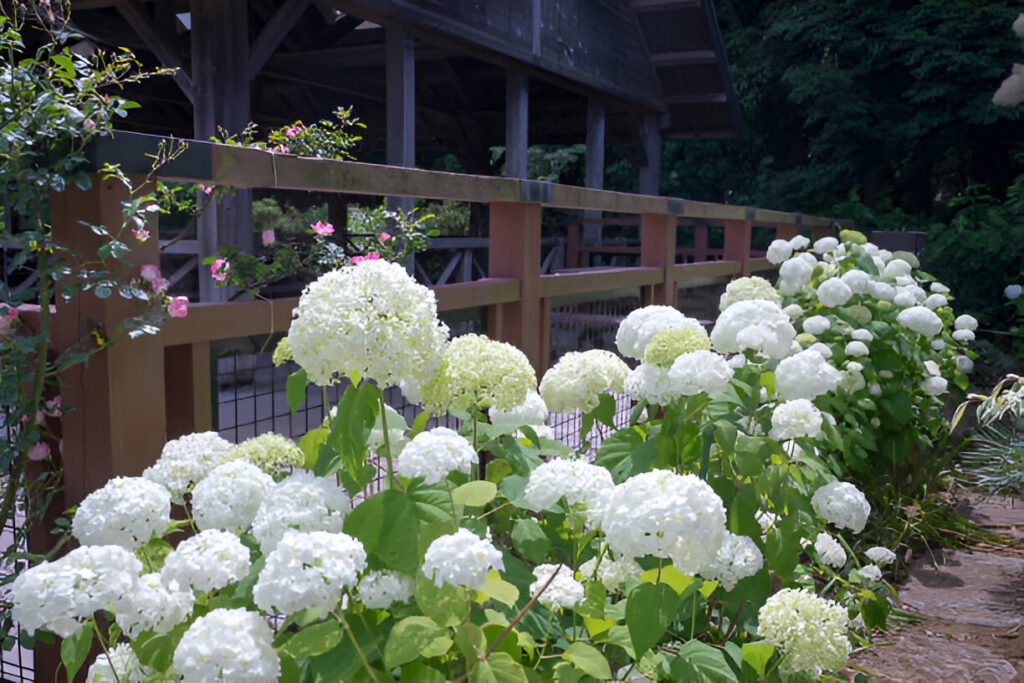
One of my favorite things about climbing hydrangeas is how versatile they are in garden design. Whether you want them to cover an unsightly wall or create a grand entrance to your garden, the possibilities are endless. Here are some ideas:
- Living walls: Attach wires horizontally along a wall, and train your climbing hydrangea to grow along them. You’ll end up with a lush, green “living wall” that blooms every year.
- Garden archways: Climbing hydrangeas look stunning on a trellis or archway. Let the vines wander up and over, and watch them transform the space into a dreamy garden escape.
- Pair with other climbers: Combine them with other climbers like roses or clematis for a multi-dimensional floral display.
Conclusion: Why Every Gardener Should Grow Climbing Hydrangeas
Climbing hydrangeas have a magical way of transforming ordinary spaces. They make them extraordinary. They’re low-maintenance once established, stunning to look at, and adaptable to a variety of garden settings. If you’re ready to add a vertical dimension to your garden, I can’t recommend these plants enough. Just give them time to settle in, provide the right care, and you’ll be rewarded with lush foliage and spectacular blooms year after year.
So, what are you waiting for? Grab a trowel and start your climbing hydrangea adventure today!

